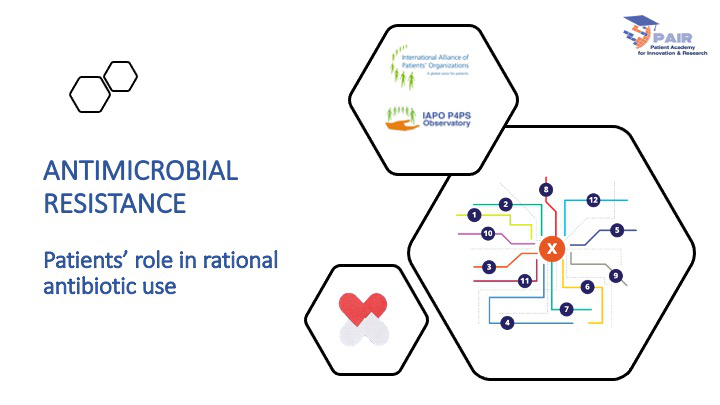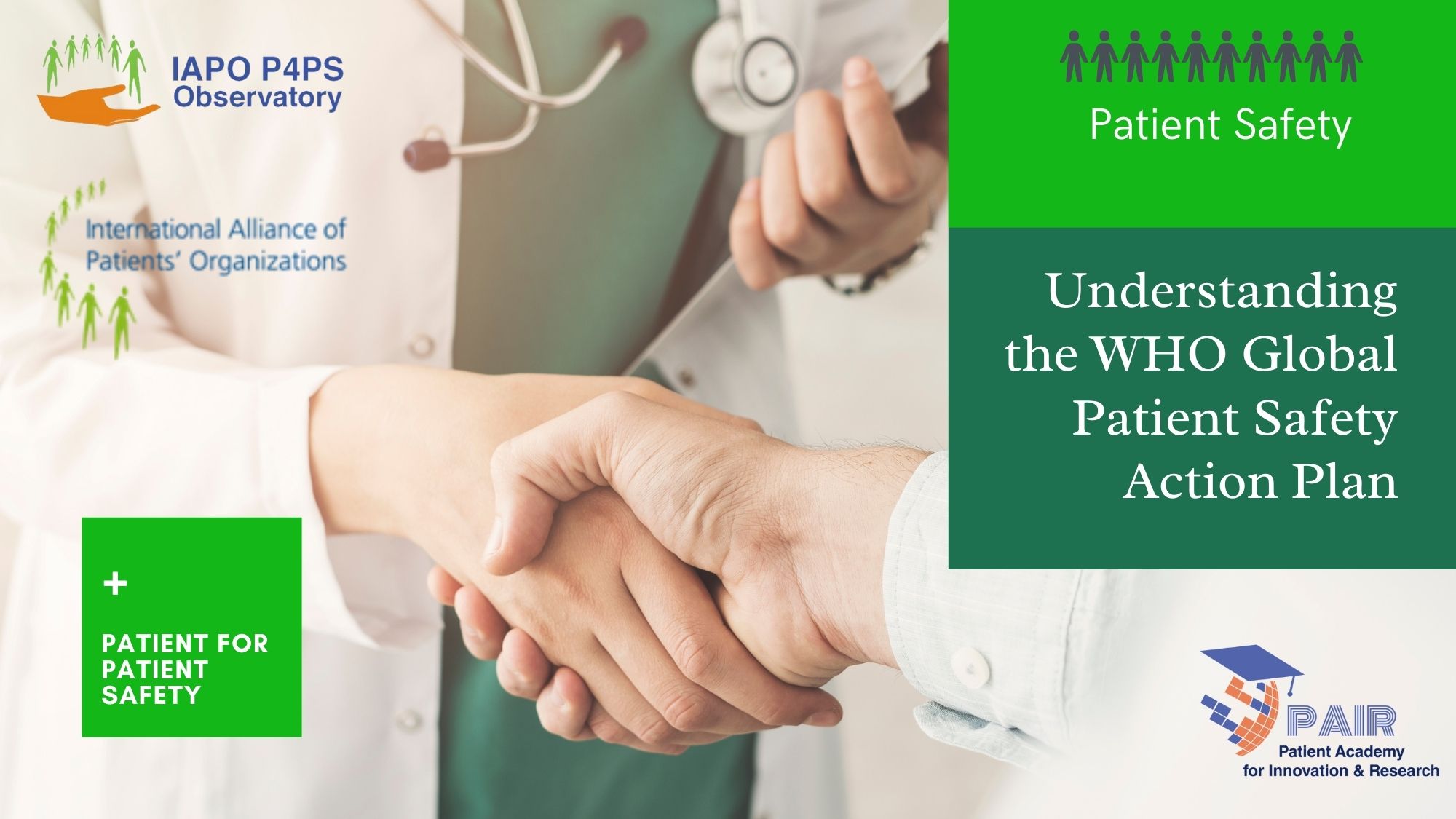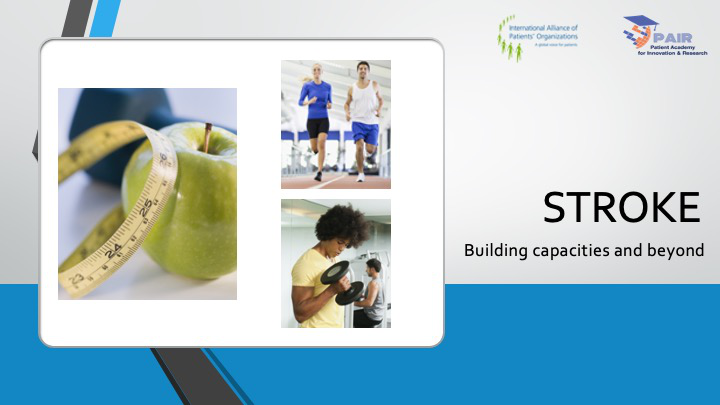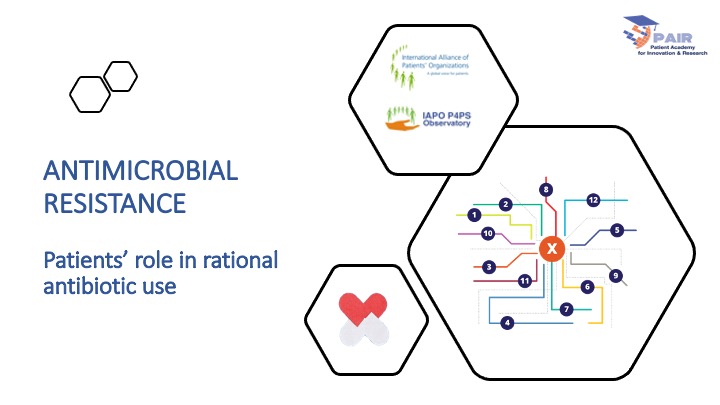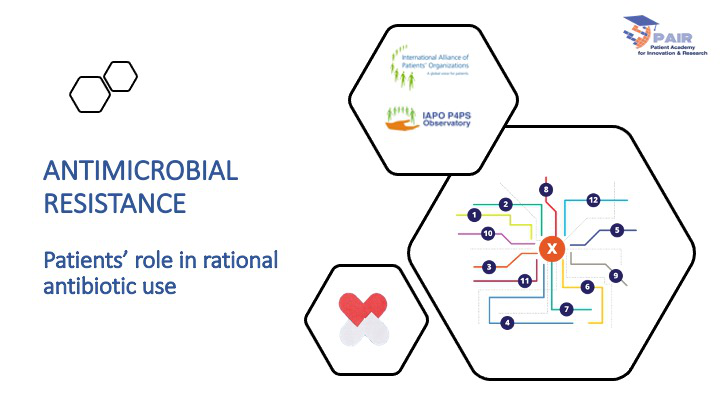
L'uso irrazionale degli antibiotici e le cattive pratiche di controllo delle infezioni sono tra i principali fattori che contribuiscono alla resistenza agli antibiotici in tutto il mondo. La resistenza antimicrobica (AMR) è un problema mondiale, poiché nuove forme di microrganismi resistenti possono attraversare i confini e diffondersi facilmente tra i continenti. A livello nazionale e internazionale, la resistenza antimicrobica aggiunge costi considerevoli ed evitabili ai sistemi sanitari già sovraccarichi e, cosa più importante, riduce significativamente le possibilità di trattare anche le più piccole infezioni, impedisce interventi chirurgici sicuri e influisce sulla qualità della vita dei pazienti. L'uso irrazionale di antibiotici non è solo correlato alla prescrizione errata di antibiotici da parte dei medici. Anche i fattori correlati al paziente svolgono un ruolo importante, come l'automedicazione e le pressioni sui fornitori affinché prescrivano antibiotici quando non indicato dal punto di vista medico.
